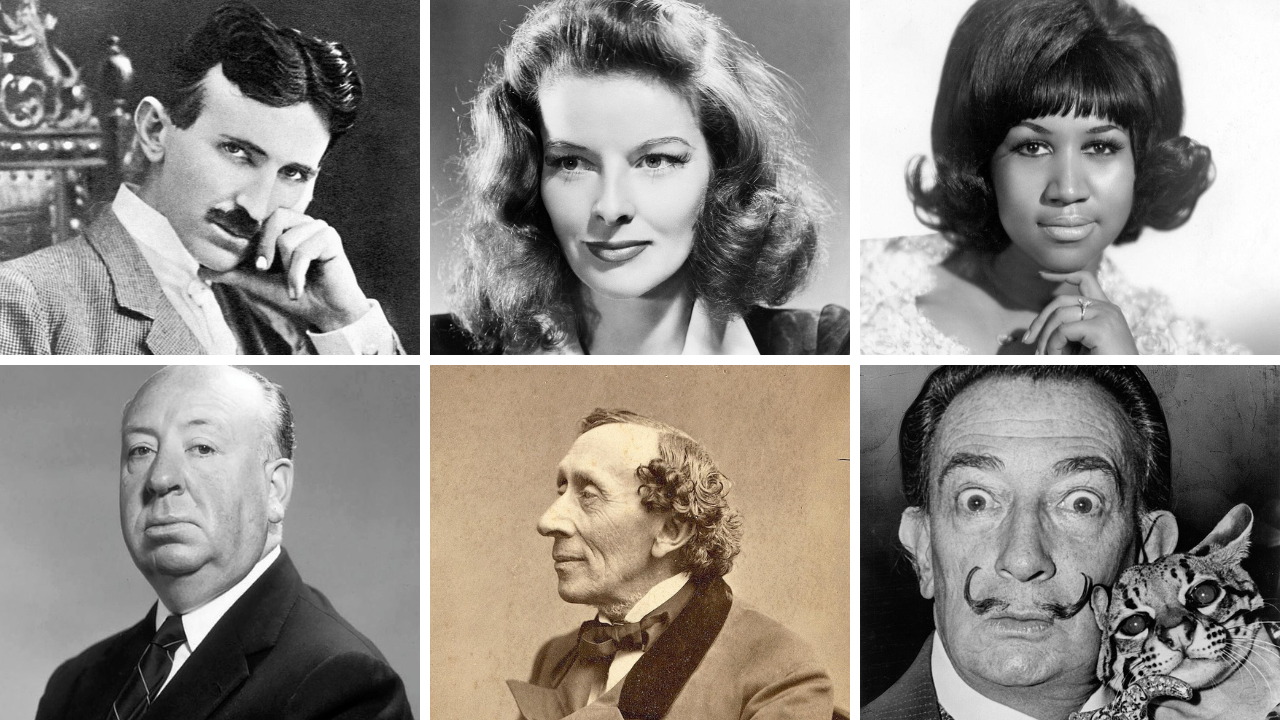Fame rarely erases fear. Across studios, palaces, and quiet bedrooms, well known figures nursed private anxieties that look ordinary at first glance. Insects set teeth on edge. Airplanes felt like traps. A stage could seem wider than any ocean. These worries shaped schedules, routes, and rituals, sometimes steering entire careers. What this really means is simple. Achievement and dread can share the same room, and courage often looks like working anyway, with habits and guardrails that keep the day moving forward.
Salvador Dalí Loathed Insects
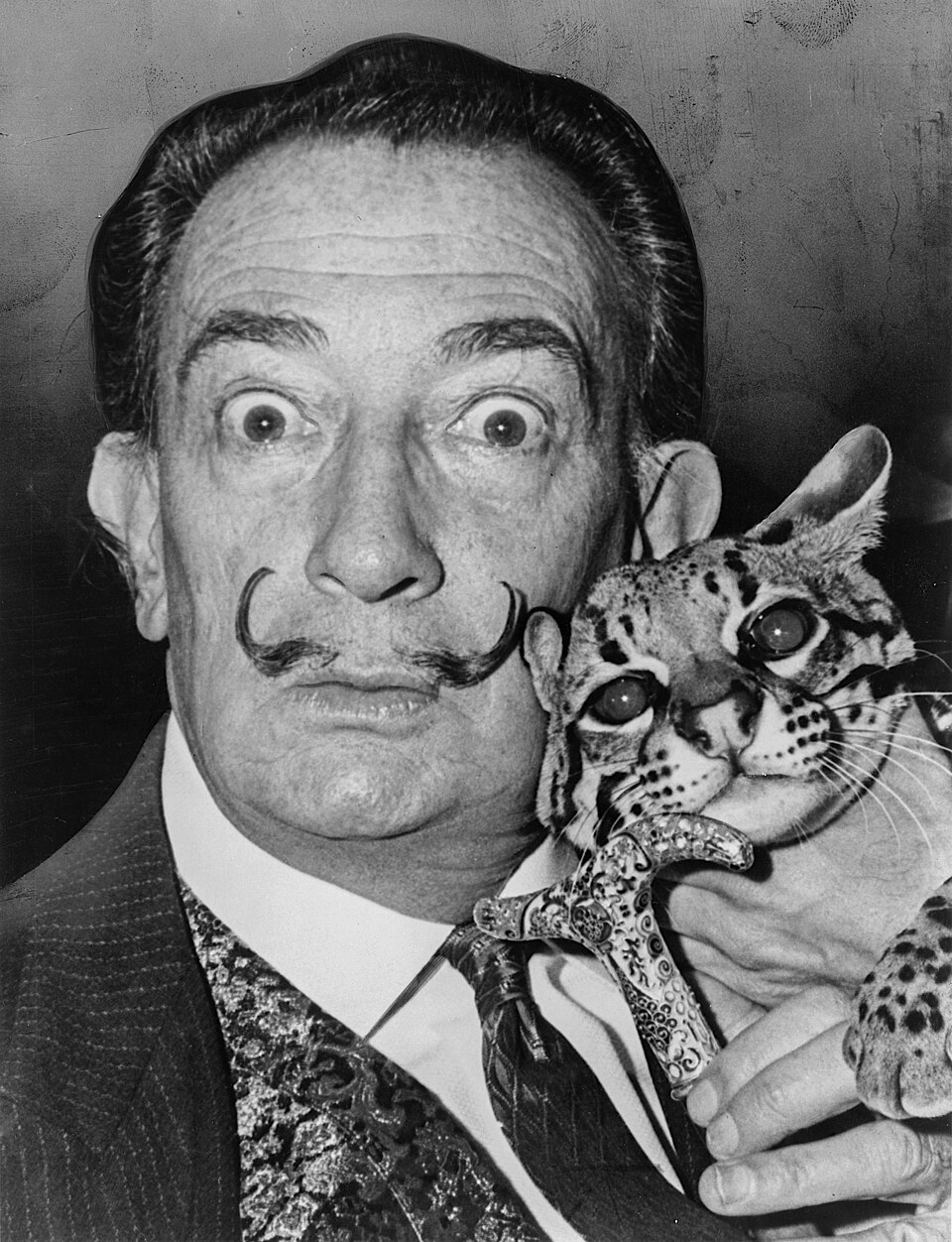
Dalí’s fascination with ants in paintings masked a deep disgust for real insects. Friends recalled abrupt outbursts if a bug crawled too close, and he once cut into a skin mole after mistaking it for a tick. The sight of scuttling legs could swing his mood from playful to severe, which pushed him toward controlled studio sets and staged encounters on film. The contrast between meticulous surrealism and everyday revulsion says as much about his method as any manifesto, precision built over a restless edge.
Aretha Franklin Refused To Fly
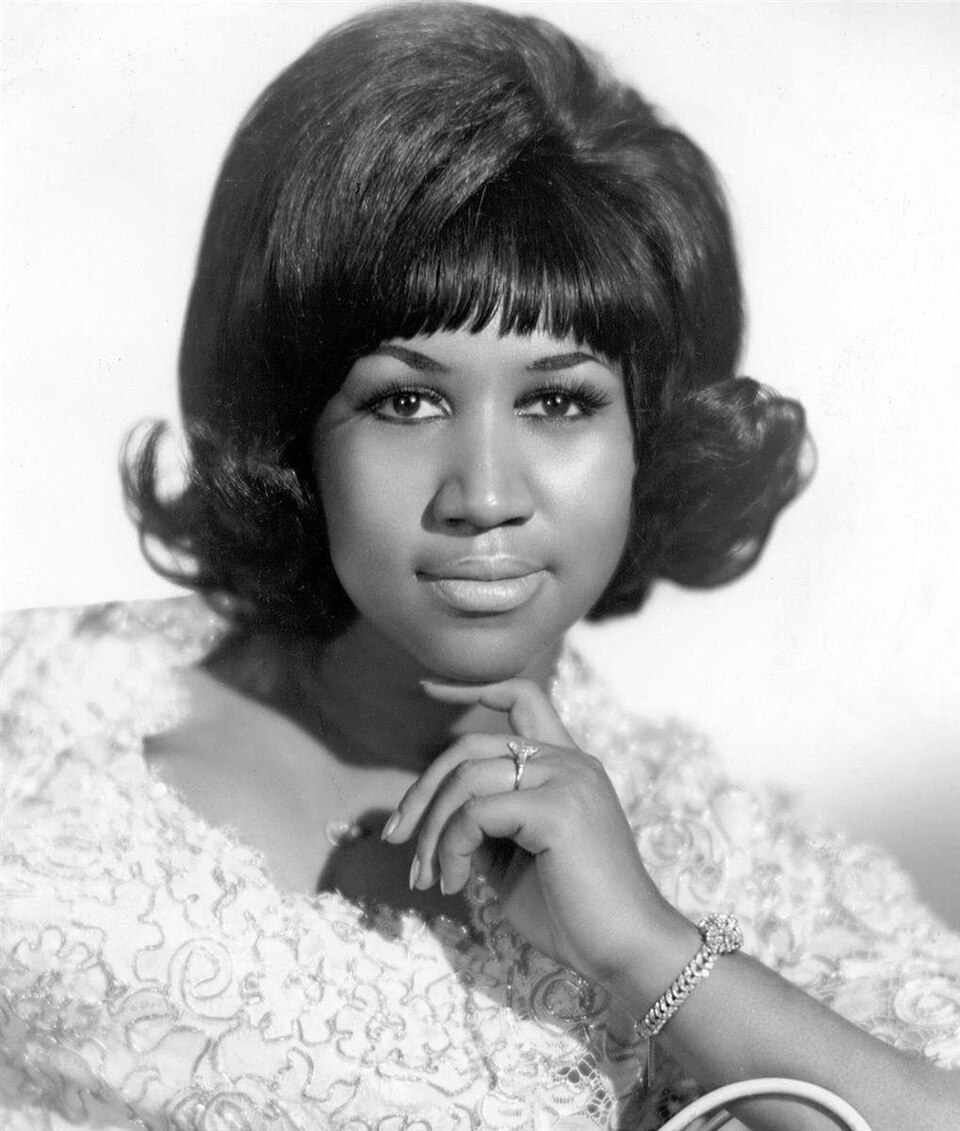
After a mid 1980s incident, Franklin developed a lasting fear of flying that reshaped tours, television bookings, and award appearances. Concerts lined up along rail corridors and highways, with buses replacing jets even for marquee shows. The choice cost time and limited overseas invitations, yet it preserved the voice that anchored every plan. Audiences adjusted, labels learned new logistics, and a long career stayed intact because the routes matched what felt safe enough to work. The songs arrived by road and still filled the room.
Katharine Hepburn Fought Stage Fright
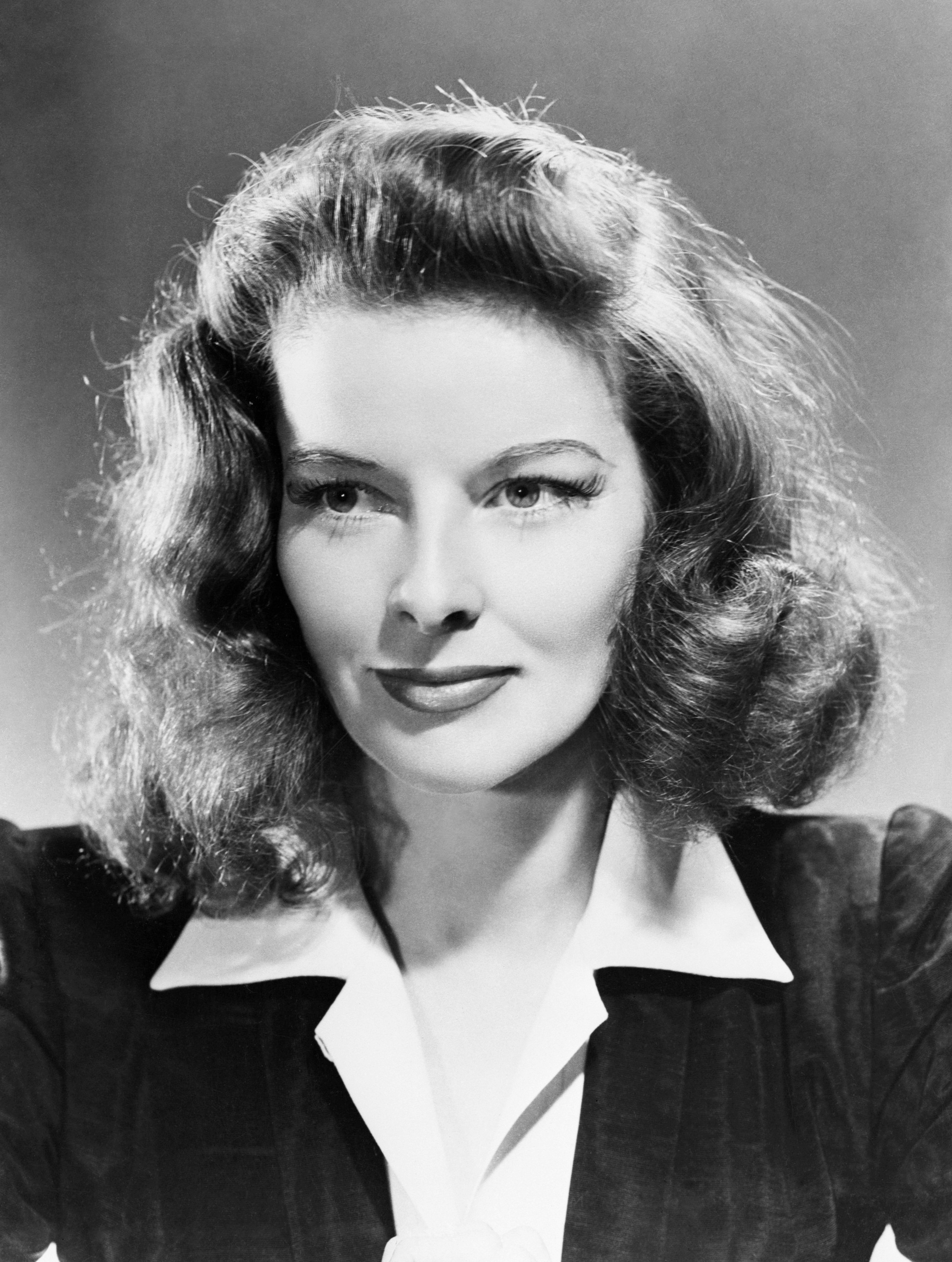
Hepburn’s screen confidence hid a punishing pre show ritual. Theater work often triggered nausea so intense she vomited before curtain. The answer was not retreat. It was routine. Early call times, quiet dressing rooms, and measured pacing let the panic crest and ebb before the first line. Colleagues noticed a switch flip once lights rose, as if the body finally gave permission to begin. Applause never cured it. Habit did, drilled until craft held steady over fear and the performance found its shape.
Alfred Hitchcock Feared Eggs
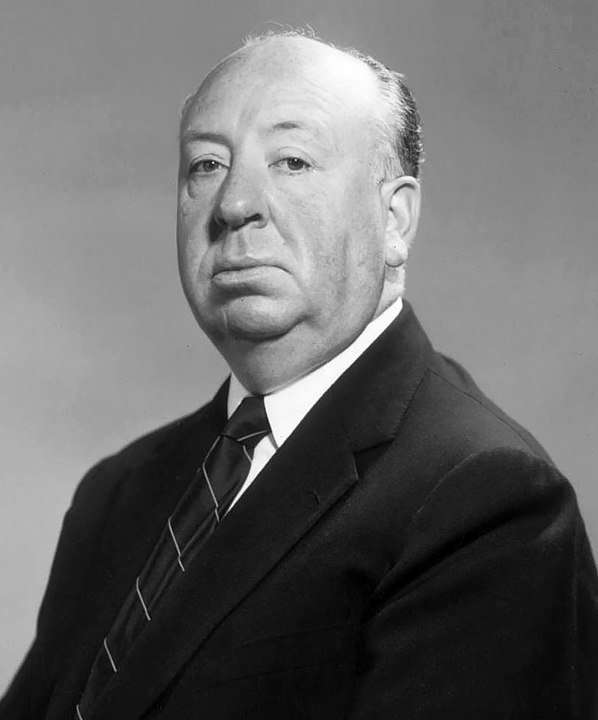
Hitchcock, architect of cinema’s great chills, carried a precise aversion to eggs. The slick surface and runny yolk unsettled him more than knives or staged screams ever could. He called the sight of a punctured yolk revolting and avoided egg dishes at home and on set. The oddity fits a director who built tension from quiet details rather than shocks. For him, an unbroken shell held more dread than a shadowed corridor, proof that disgust can be exact, personal, and stubbornly durable.
Howard Hughes Battled Germs
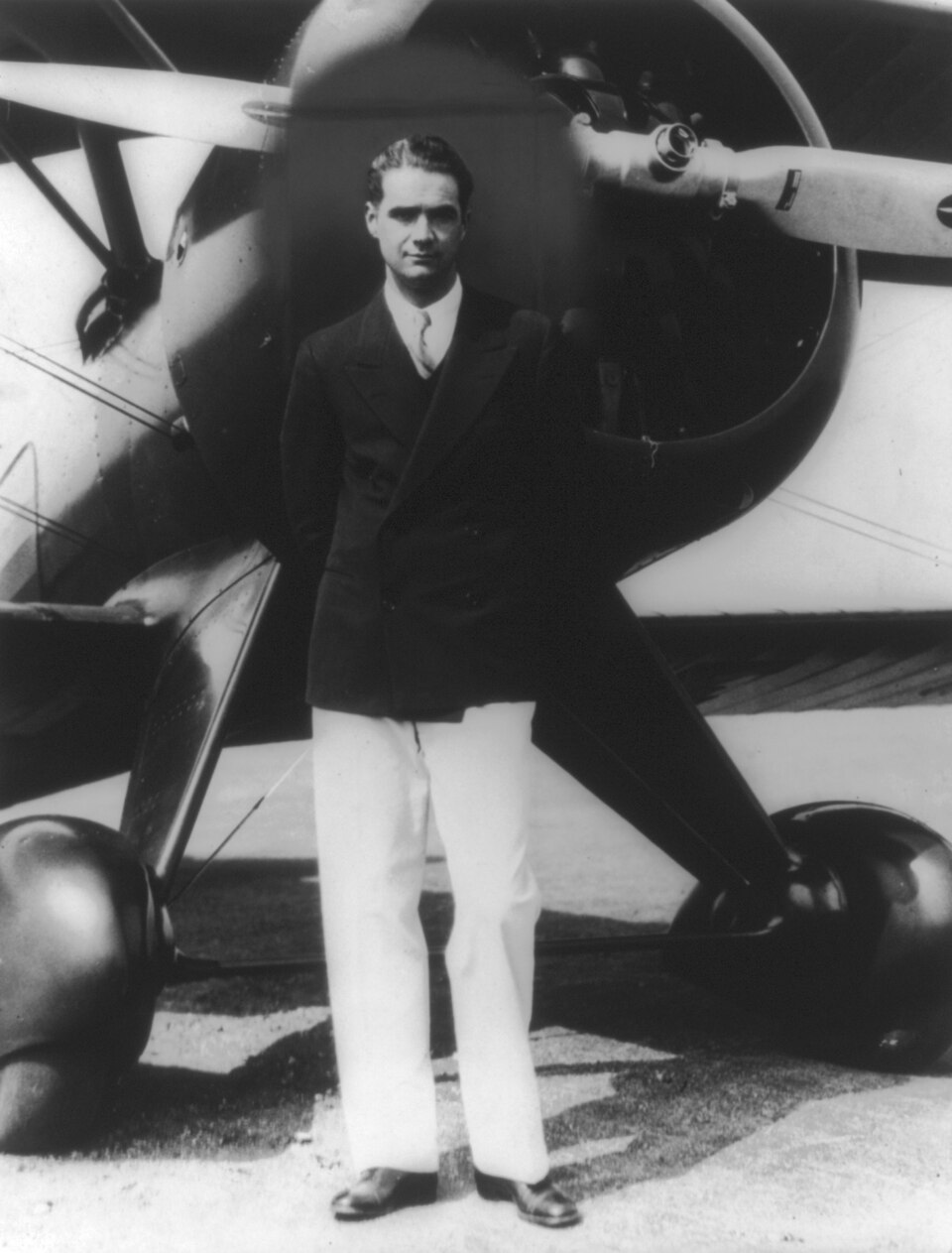
Hughes’s fear of contamination grew from careful to consuming. Gloves, tissues, and scripted handling rules governed door handles, telephones, and scripts. Hotel rooms turned into quarantine zones with sealed containers and filtered air. Business associates adapted to notes instead of meetings and to long gaps between replies. The empire still functioned, yet every transaction moved through layers of ritual meant to push microbes away. The cost was isolation, traded for the sense of control he needed to sleep and keep decisions moving.
Nikola Tesla Shunned Pearls And Handshakes
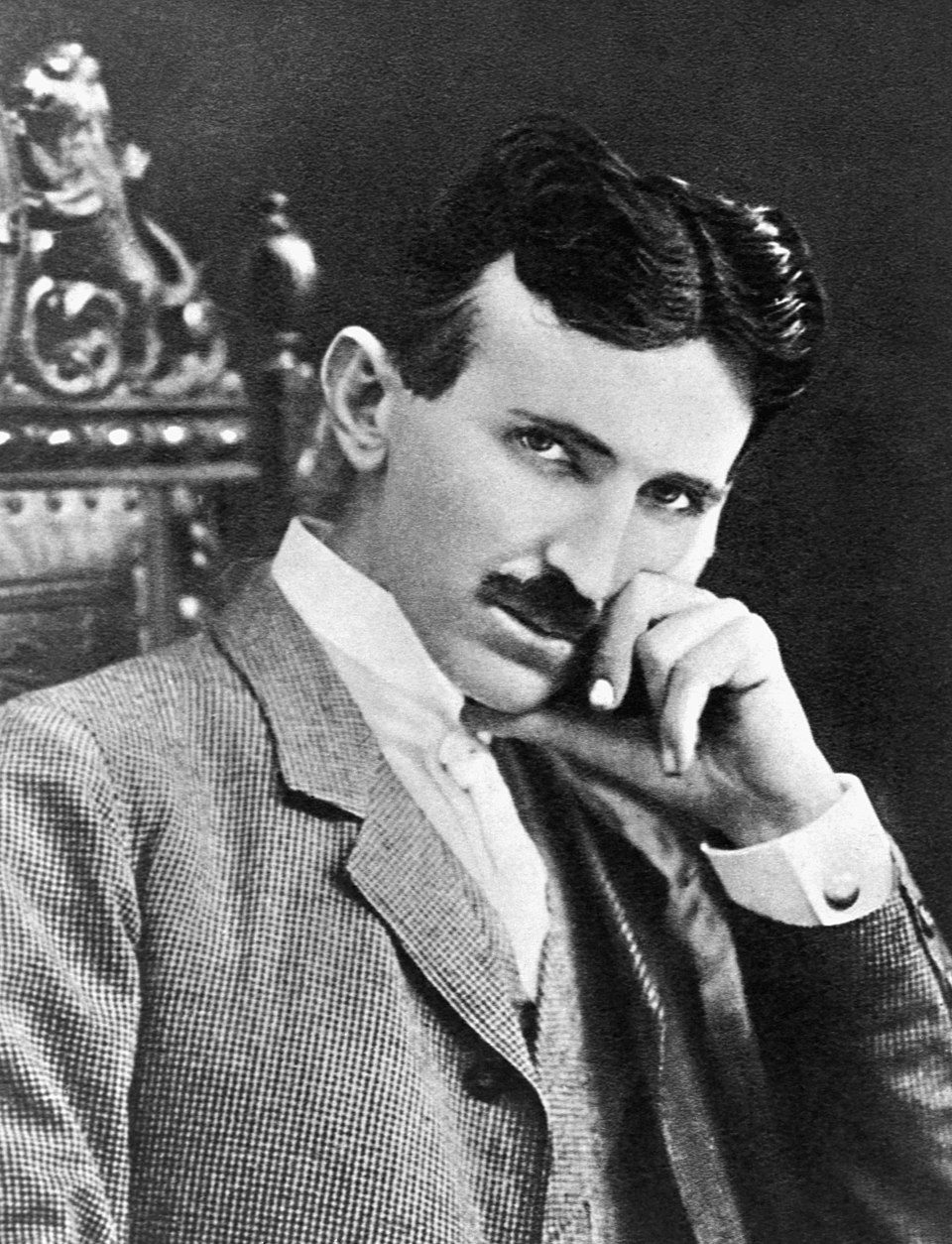
Tesla’s mind lived among coils and currents, but textures could unnerve him. Pearls provoked an instant recoil; he refused to speak to a woman wearing them. Handshakes and crowded tables felt equally wrong, so precision routines replaced casual contact. Linen counts, measured steps, and fixed dinner hours steadied the day, freeing attention for experiments. The engineer who imagined wireless power also built a fortress of habits around touch, turning discomfort into a boundary he could manage without apology.
Hans Christian Andersen Feared Premature Burial
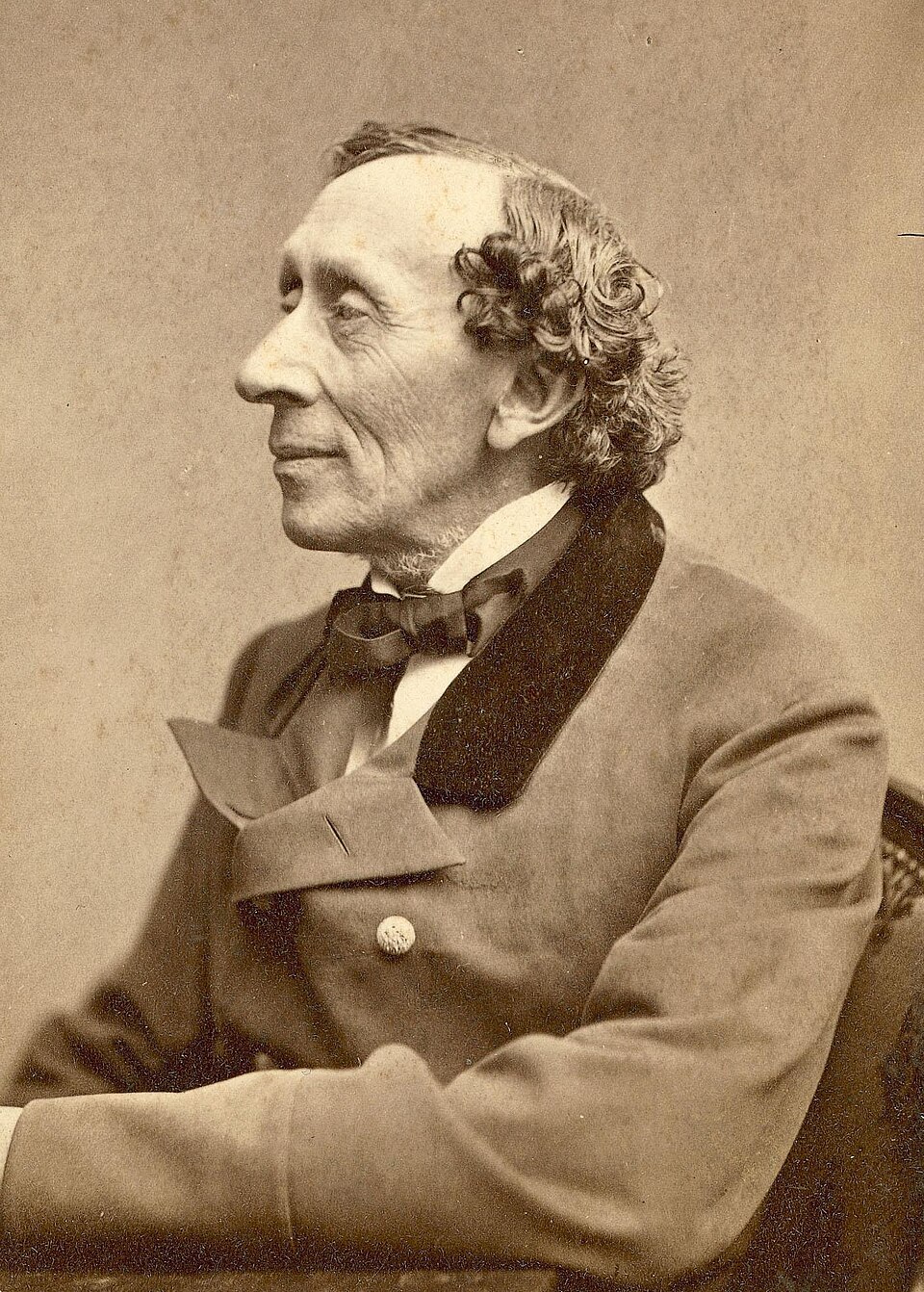
Andersen carried a note asking that his body not be interred until attendants confirmed death. The worry runs through letters and hotel stays, where he asked staff to watch for signs of life if sleep turned strange. Victorian Europe obsessed over the same possibility, and he personified that anxiety with travel tags and bedside instructions. The author of gentle fairy tales lived with a steady dread of quiet endings, which he met with written safeguards, careful friends, and a habit of leaving directions.
Emily Dickinson Avoided Leaving Home
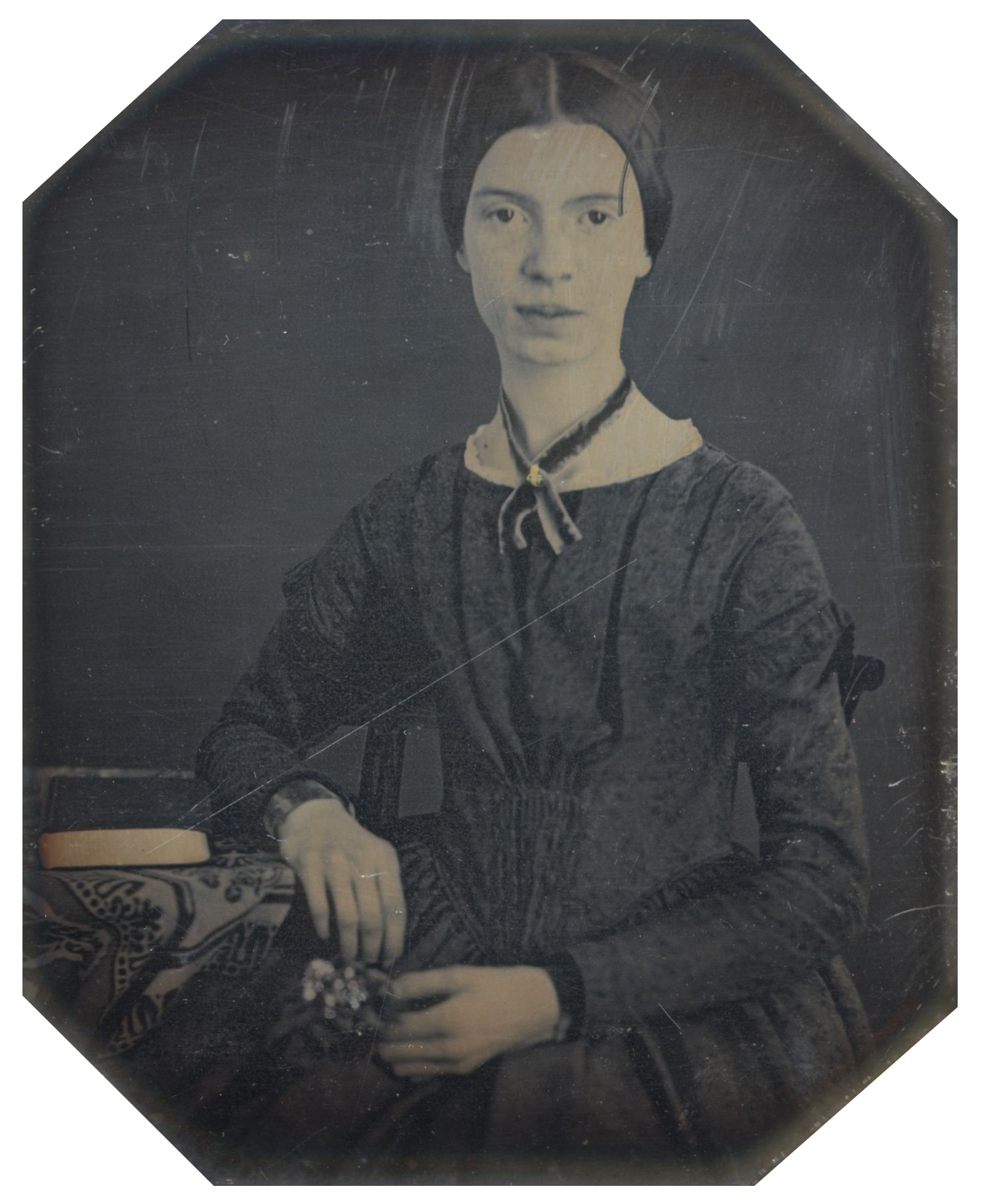
Dickinson’s world narrowed to rooms, windows, and a familiar garden in Amherst. Visitors were often greeted from behind a door, and trips beyond town grew rare as years passed. The choice reads as preference and likely as coping for anxiety that made public errands feel punishing. Poems turned inward and upward, replacing travel with exact attention to light, breath, and grief. The result was not retreat from life but a reshaping of it, built to keep words flowing in a space that felt bearable.
George Washington Delayed Burial Orders
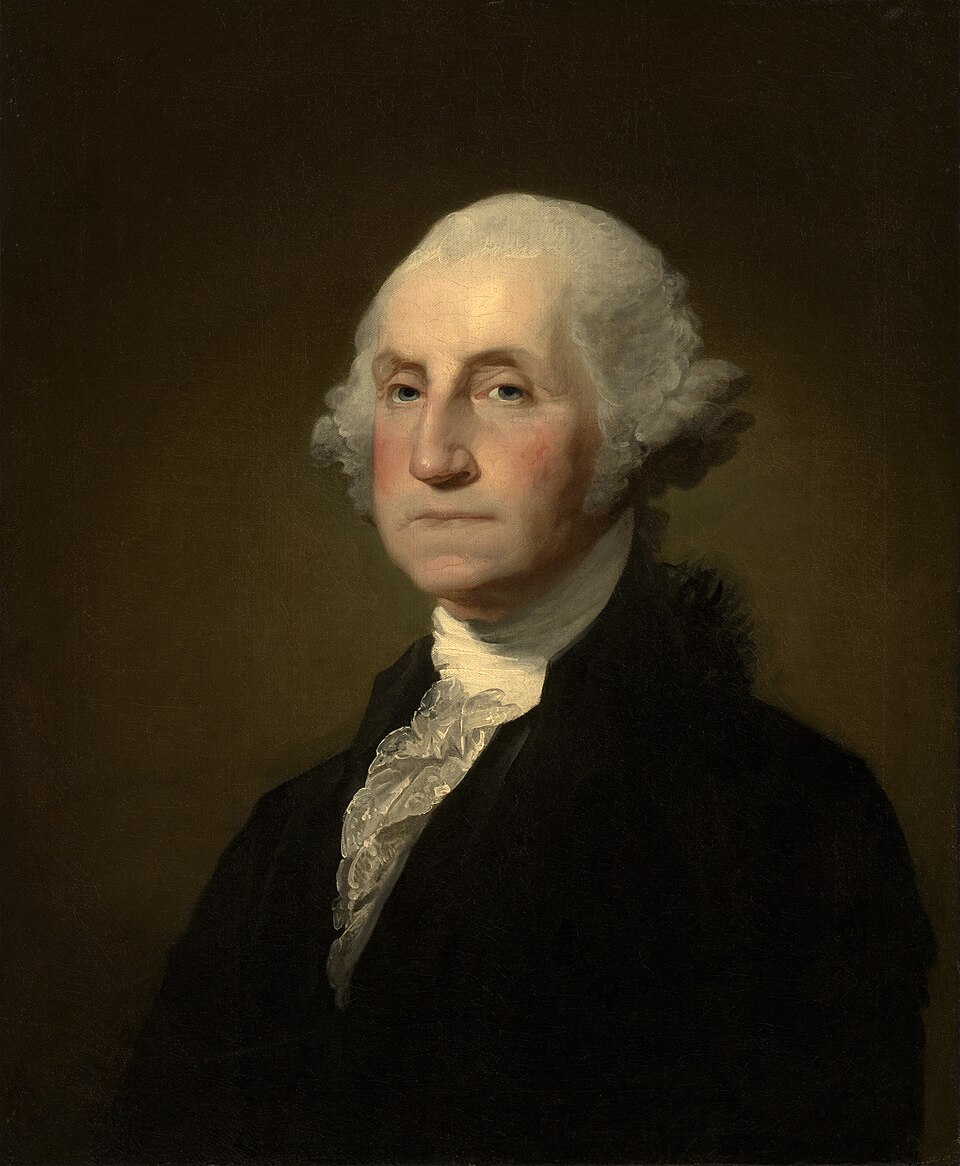
Washington requested that burial wait for days after death, a hedge against a mistake that haunted his era. Instructions appear in correspondence and family accounts, reflecting a widespread fear of being interred alive. Estates kept vigil over the newly dead, and physicians were summoned for final checks. The precaution reads sober rather than dramatic, a practical guardrail in a time before clearer diagnostics. Even a general who faced musket fire wanted patience at the edge of silence, where certainty mattered most.
H. P. Lovecraft Recoiled From Seafood
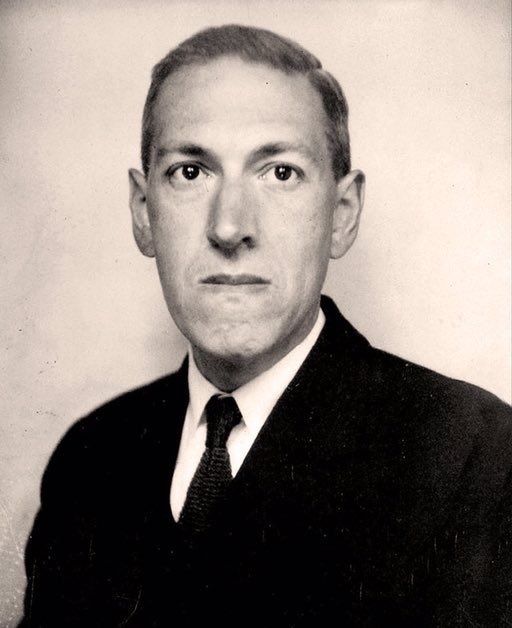
Lovecraft’s fiction crawls with sea gods and brine, yet he detested seafood off the page. Childhood scenes at docks and markets left him nauseated by the smell of fish and shellfish. Friends described elaborate dodges at restaurants to avoid contact with the menu’s coastal side. The revulsion seeped into stories where the ocean feels magnetic and foul, a source of power that rots what it touches. Fear flavored myth, turning dinner into a doorway for cosmic dread and a signature voice.
